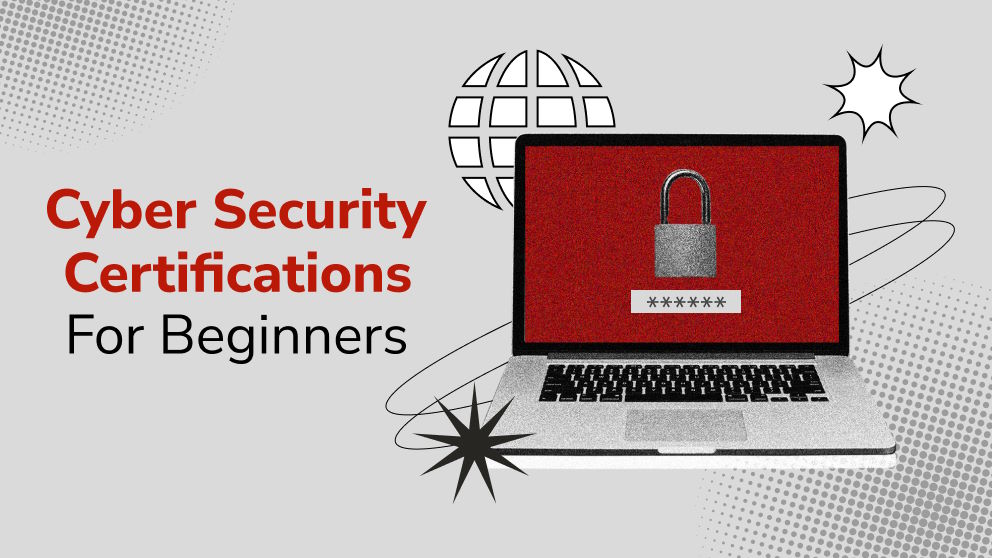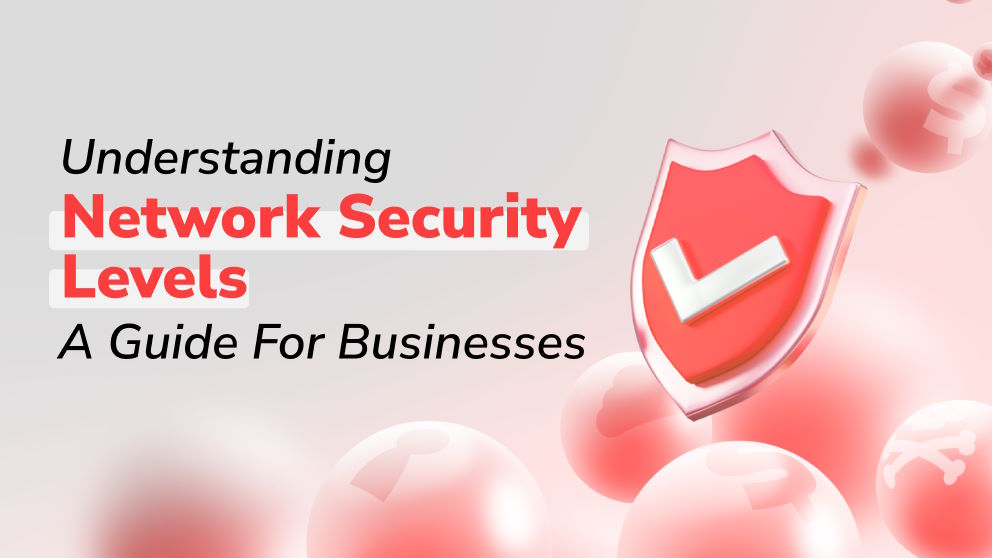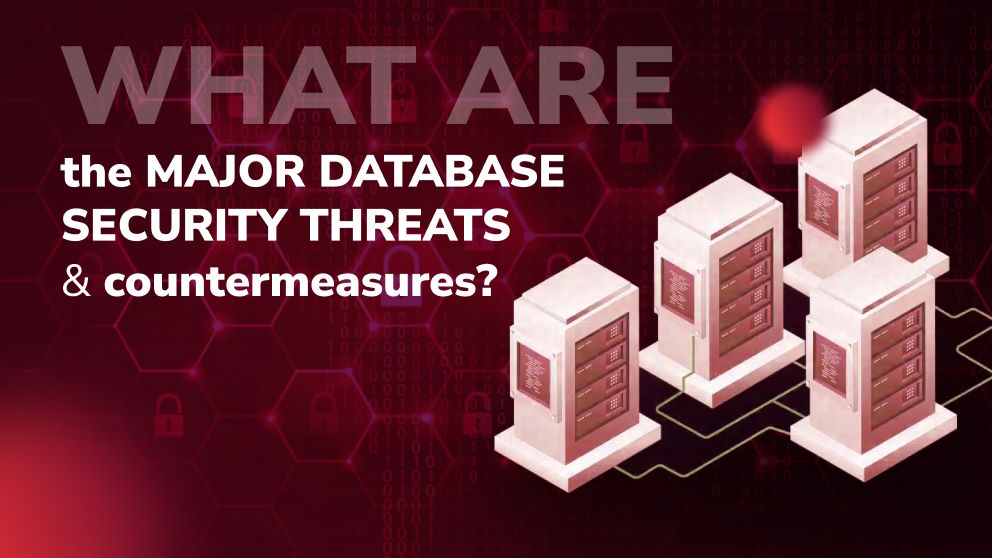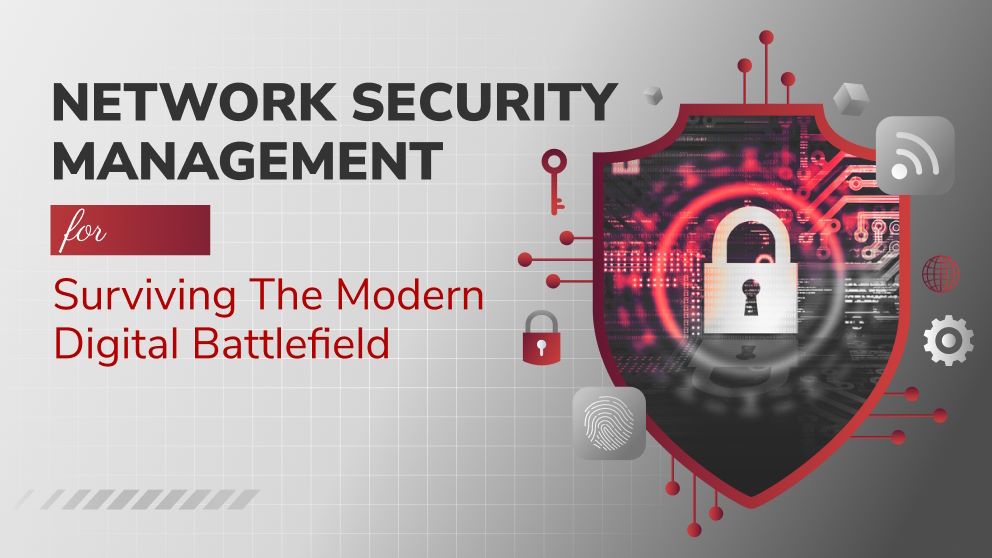Network Security Testing Explained: Everything You Need to Know

Content Map
More chaptersWhat is network security testing?
The term Network Security Testing refers to identifying flaws and vulnerabilities in the security system of an organization and implementing remedies to help improve those security measures and meet compliance mandates.
Different organizations approach the network security testing process in different ways, each with different testing measures, goals, and remedies in order to achieve a successful outcome.
What is the purpose of network security testing?
Generally speaking, the goal of testing a security network is to identify internal and external security risks, determine their threat level, calculate the cost of inaction (what would happen if the organization did nothing), and determine the most appropriate course of action to improve the security system.
Improving one’s security can also involve overhauling the organization’s security policies and procedures, which influences how each team member approaches security and complies with industry-specific mandates. Network security testing is also an important part of the software development process, as it enables developers to identify and fix vulnerabilities in the software before the system is live.
How to perform network security testing
An organization has many ways to start testing its network security.
These measures typically involve taking into account internal and external threats, especially when it comes to granting access to permitted third parties, such as site visitors and contract workers.
Even something as small as an employee being tricked into sharing their login credentials with an unknown third party can pose grave consequences.
Therefore, it’s good practice to implement a range of testing measures, as it will enable you to identify and correct the most critical areas of your security system – before such vulnerabilities negatively impact your business.
Of course, you need to know what steps to take, and the good news is there is an easy way to know what to prioritize when you start testing network security systems. Alternatively, outsourcing your network security testing and software development is another viable option.
Steps to follow with network security testing
1. Identify the critical areas in your security system
Areas exposed to the public are generally the most vulnerable. These include firewalls, routers, Internet of Things devices, web servers, and modems, to name a few. Testing these security measures and devices first is a good starting point.
2. Update your software and systems
Ensure that they are up-to-date with the latest patches to protect you against the latest current and emerging cyber security threats.
3. Determine the value of your inventory and assets
By this we mean, identifying the assets most at risk of a security breach. This will help you determine which assets to secure. Also, consider the value of the data and information they store.
Ask yourself, what would happen if a certain piece of data was lost or stolen? Would the organization lose customers? Face a lawsuit? Bring productivity to a halt? Or tarnish your reputation?
If so, consider testing the assets that hold the most valuable data. This way, you can strengthen their defenses and safeguard the organization against a major loss.
4. Review and update your existing security policies and procedures
Consider having your documentation reviewed by a legal and IT expert. Your terms should be clear, easy to understand, and consistent. They should be simple enough for team members across all departments to interpret and put into action. Most importantly, your terms should comply with the relevant mandates in your industry.
Types of network security testing measures
Vulnerability assessment
A vulnerability assessment involves identifying the most prominent weaknesses within an organization’s security system. The purpose of the assessment is to detect any potential flaws or holes in the network that could leave the system vulnerable to hackers for exploitation.
Network penetration testing
Network penetration testing is the process of mimicking actual cyber security tactics and measures in order to determine the effectiveness of a security system.
Common penetration tests performed include phishing, spear phishing, and whaling attacks. Network penetration tests should be performed by qualified and certified security experts. They should take the time to become familiar with the existing technologies, security measures you have in place, the different types of vulnerabilities that your organization is most at risk of being exposed to, and the daily procedures that your organization carries out.
With this information, the penetration test can be carried out in a seamless and efficient manner without disrupting the current business activities.
Popular network testing tools
There are many paid and freely available network testing tools available to trial and purchase online.
Many of these network testing tools use automation to save you time and hassle, performing regular, sometimes daily, security checks to ensure your system is safe and secure. They also enable you to scale the number of features you use so as to suit your budget and business needs.
What’s more, they can save you a fortune on manual labor, freeing up your resources to prioritize more important aspects of the business.
These are some popular security testing tools:
Wireshark - Wireshark features a number of built-in protocol dissectors, which helps it identify different types of network traffic and break them down into clear, easy-to-read formats. This makes it easy for the software to analyze different kinds of network traffic at once, resulting in more accurate reports.
Netsparker - Netsparker dramatically reduces your risk of attack with automated security testing to keep your web assets secure. Trusted by companies like CISCO, Ford, and NASA, Netsparker is ideal for large organizations but flexible enough to cater to smaller enterprises.
Aircrack-NG - Aircrack-NG is a purpose-built security testing tool designed to assess Wi-Fi network security. It focuses on different aspects of Wi-Fi security, such as Wi-Fi cards and driver capabilities, packet capturing, and the exporting of data to text files for further processing by third-party tools.
Summary

These are just a few ways how network security testing can benefit your organization.
Whether you are a company, enterprise, or individual, prioritizing your security efforts is the most effective way to safeguard your business against cyber security threats.
Most importantly, it’s an effective means to put in place preventive measures, which gives you peace of mind knowing that your business is safe from the most dangerous security threats.







